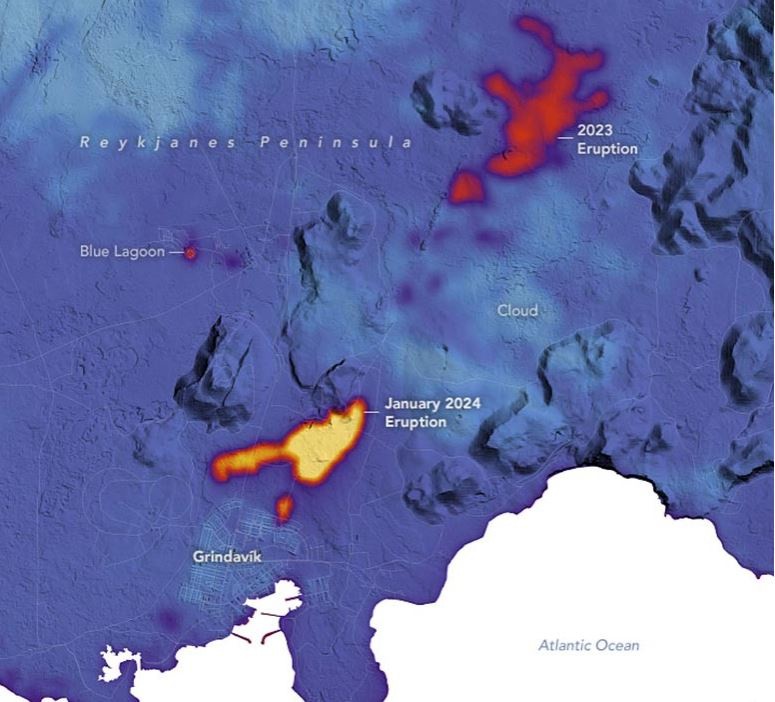While Iceland's Reykjanes Peninsula volcanic system near the fishing town of Grindavík has stabilized its eruption activity after reigniting last week, volcanologists reckoned that the rock record in recent eruptions suggested that more of such would come in the next years and decades.
Lancaster University volcanologist Dave McGarvie was quoted by The Guardian when he said that Reykjanes was "fed by five volcanic systems, many of which come to life every 800 to 1,000 years."
Sitting on Top of a Volcano
The last time the volcano system erupted was about 1,100 years ago - during the Viking settlement of the island - and the Reykjanes Fires, as they were known, sporadically erupted for about 300 years.

Currently, the peninsula is a busy place as an airport, a geothermal plane, and a number of small towns, including Grindavík and Þorlákshöfn, are currently sitting on top of the volcanic system or at least located near it.
If the Reykjanes volcano resumed its activity, Iceland could expect at least decades of eruptions, which Icelanders have been expecting and preparing for due to the tectonic volatility of their island nation.

Satellite Data Reveal 2023 Lava Flow Still Warm
Recently, NASA obtained data from the Thermal Infrared Sensor 2 (TIRS-2) on the Landsat 9 satellite indicating the location and extent of the recent activity. The sensor detected thermal radiation in two wavelengths, revealing the amount of heat emanating from surfaces on Earth.
The lava flows from a few weeks ago appeared to be the warmest in yellow, but it was also revealed that the lava flows from the late 2023 eruption were still as warm as the Blue Lagoon geothermal pool nearby.
An image of lava reaching the town of #Grindavík - captured on 17 January 2024 by @Copernicus #Sentinel2.
— ESA Earth Observation (@ESA_EO) January 18, 2024
According to a news update from the Icelandic Met office @Vedurstofan (https://t.co/FwuAKk5hfB) magma accumulation continues and there is a continued likelihood that new… pic.twitter.com/0R67sQb6BN
Meanwhile, the European Space Agency's (ESA) Sentinel2 satellite also confirmed that the new lava flows near Grindavík are inching closer to the town.
Related Article : Iceland's Grindavik Volcano Erupts Again, Destroys Fishing Town
© 2025 HNGN, All rights reserved. Do not reproduce without permission.








